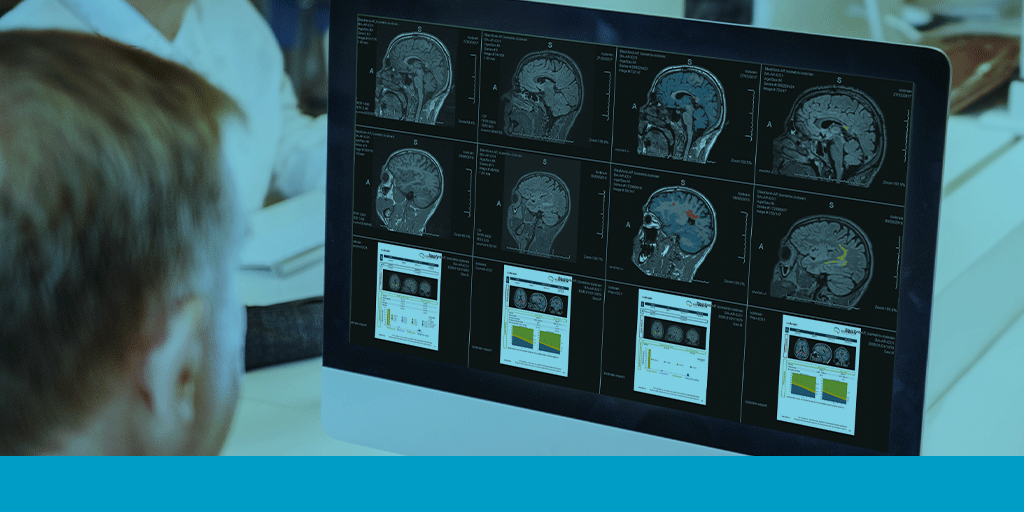Blackford Analysis
Audio Version: Press Play to Listen
The use of AI in radiology is quickly establishing itself as a fundamental tool for improving the quality and scalability of imaging operations. Extending beyond radiology, Healthcare Executives are searching for new ways to optimize care delivery services system-wide. They are recognizing that enterprise imaging is a data-rich environment that contains a wealth of information that AI applications can use to inform prediction models for disease identification, progression monitoring, and treatment efficacy.
3 Key Challenges for AI Adoption Despite the recognition that AI has received for its role in uncovering new clinical insights and optimizing quality and cost performance indicators system-wide, organizations still face significant challenges in formulating and executing a unified AI strategy. Three key challenges for AI adoption are:- Finding a starting point: Every department has varying needs, resources, capabilities, and degrees of enterprise maturity. What AI strategy is going to have the biggest impact in the organization?
- Lack of IT resources: What is realistic in terms of adding AI infrastructure, integration, monitoring, and workflow requirements to the department’s already extensive list of projects?
- Concern over increased radiologist workload: Radiologists already face unwieldy study backlogs or harbor scepticism about the benefits of AI. How can the organization garner buy-in from one of the most important project stakeholders?
- Administration: Responsible for budgets, ROI, and setting and managing expectations related to an AI rollout; their focus is on ensuring an efficient and effective implementation and operationalization.
- IT: Responsible for prioritizing AI projects alongside other organizational initiatives, setting up and maintaining infrastructure, and providing relevant modelling data to AI algorithms.
- Clinicians and radiologists: Require that they focus on clinical quality and diagnostic accuracy, timeliness of results delivery, and productivity.
- Clinical: The impact of AI on radiology workflow, efficiency, quality of care, and other, less tangible metrics like radiologist confidence.
- IT: An integrated and consolidated AI platform can greatly simplify infrastructure, data access, systems integration, interoperability and deployment while reducing the complexity associated with testing, integrating, and deploying algorithms now and in the future.
- Administrative: When an optimal approach is employed, AI has the potential to create operational efficiencies in terms of productivity, procurement, quality assurance, and discordance reporting.
- Financial: The tangible value potential realized through improvements to clinical workflow and outcomes, IT optimization, administrative efficiencies, cost savings and revenue generation.



















